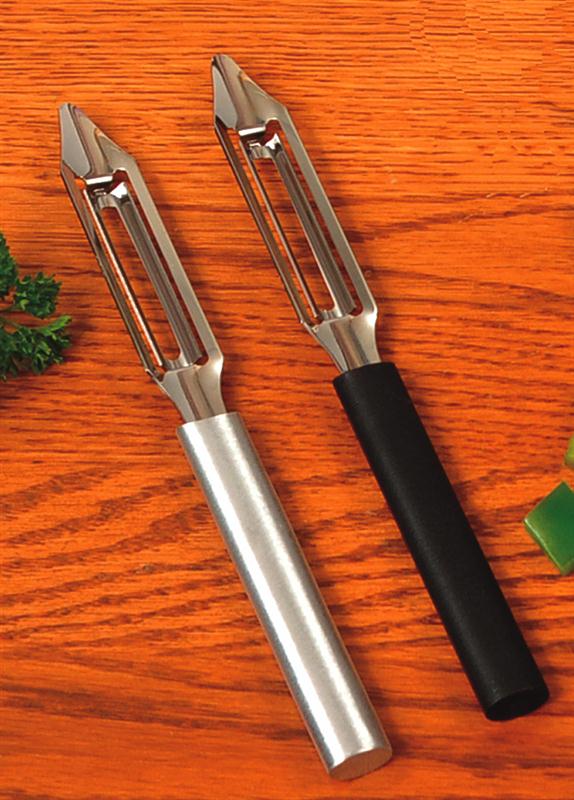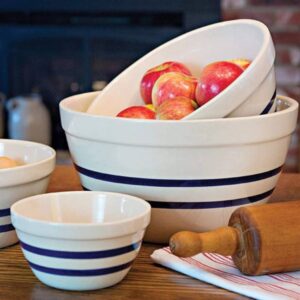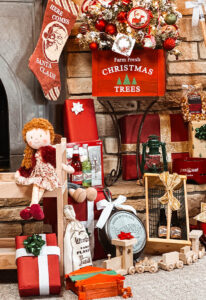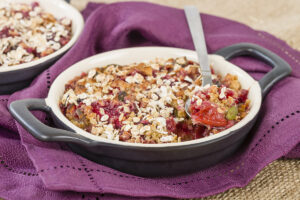
In a time when money is tight and the price of real food continues to climb, I think all of us are trying to find ways to save money on our grocery bill while still eating nutritiously and getting the most out of the food we have.
Here are some ways I have found to make good use of what most people would consider garbage–food past it’s best. By turning leftovers into chicken feed, rich garden compost, and a nutrient-dense broth, you’ll not only be getting the most bang for your buck, you’ll also experience the pride that comes with taking part in a truly sustainable lifestyle. I have multiple uses for some items, so if one ‘greencycle’ method doesn’t work for you, perhaps another alternative will.
Egg shells– composted; dried and kept to sprinkle around tomato and pepper plants; dried, crumbled, and fed to chickens for calcium.
Tea bags- composted
Coffee grounds & filter– composted; coffee grounds dried and saved to sprinkle around tomatoes and blueberries.
Overripe bananas– frozen for smoothies; used in banana bread.
Banana peels- composted (don’t feed to chickens!)
Potato peels- composted (don’t feed raw potato or raw potato peels to chickens!)
Onion skins and tips- frozen and saved to make broth/stock, then strained from stock and fed to chickens; composted.
Garlic skins and tips-frozen and saved to make broth/stock, then strained from stock and fed to chickens; composted.
Carrot peels– frozen and saved to make broth/stock, then strained from stock and fed to chickens; composted.
Celery tips– frozen and saved to make broth/stock, then strained from stock and fed to chickens; composted.
Parsnip peels– frozen and saved to make broth/stock, then strained from stock and fed to chickens; composted.

Turnip peels and tips– composted or fed to chickens. Do not save turnip peels for making stock, they are really bitter.
Avocado peels and pits– composted (though the pit will take forever to break down, or it will sprout and grow!)
Leftovers- we feed almost all of our leftovers to our chickens, with the exception of anything with a lot of cheese, and sweets. What can’t be fed to the chickens or composted is tossed out for the wildlife.
Bones– frozen and saved to make broth/stock, then fed to dogs/cats.
Citrus peels– saved for making a citrus scented all-purpose cleaner by soaking the peels in a jar of white vinegar for about two weeks, infusing the citrus scent into the vinegar. Dilute half and half with water, and use in a spray bottle for a great disinfectant.
Sour milk- allowed to curdle and then fed to the chickens. (There are a ton of other really great suggestions for how to use sour (raw) milk at Healthy Home Economist.)
Syrup from canned fruit– fed to the chickens.

Juice leftover from cooking a whole chicken or a roast- saved for broth or gravy.
Wilted/slimy lettuce– fed to chickens; composted.
Fruit peels and cores– fed to chickens; composted; used to make jelly.
Fat drippings– cooled, hardened and used for emergency candles! (Okay, not all the time, but it’s fun to know it can be done.)
Nut shells– composted (except for Black Walnut shells)
Chicken neck and organs– frozen and saved to make broth/stock, then strained from stock and fed to chickens (yes, chickens will eat chicken).

Fish heads, bones and organs– frozen and saved to make broth/stock, then strained from stock and fed to chickens.
Moldy cheese– that goes to the wildlife. Can’t be composted, or fed to the chickens.
Wilted herbs– fed to chickens; compost.
Stale bread– frozen to make breadcrumbs at my convenience (also good for croutons)
I think that pretty much covers my household waste. I keep two large bowls on the kitchen counter- one for chicken scraps, and one for compost. At the end of the day, I take the two bowls out to their respective designations. Anything that needs to be frozen for stock goes straight into a gallon sized freezer bag that is store in the freezer. When it’s full, I start another. It’s nothing fancy, but it works well for me.
That’s a glimpse into my daily routine. I’d love to know how you make the most of your kitchen leftovers!





























